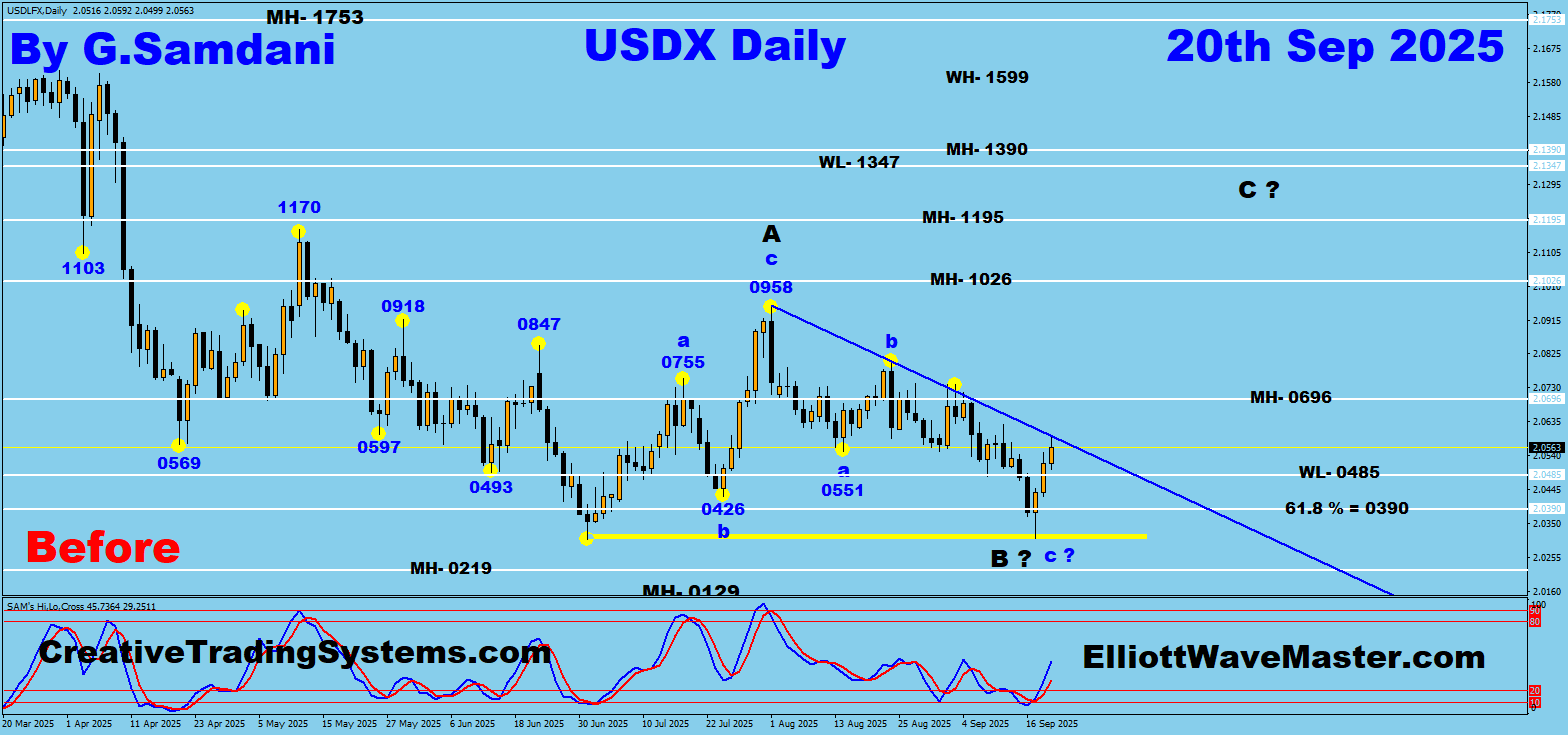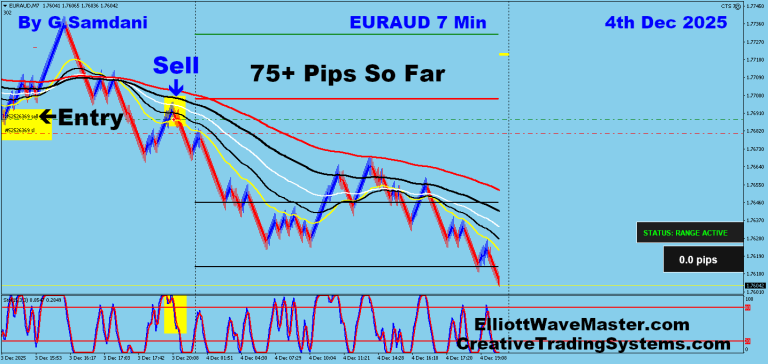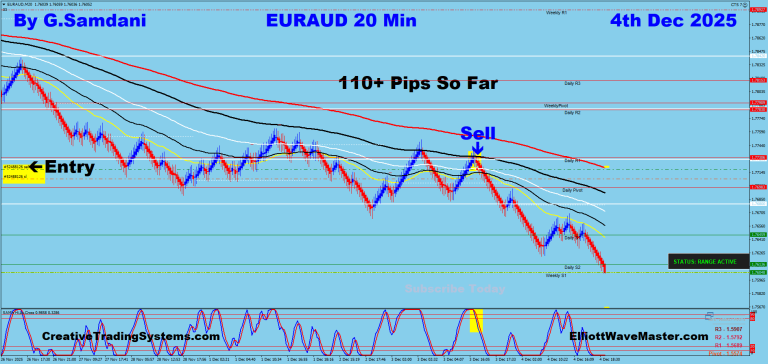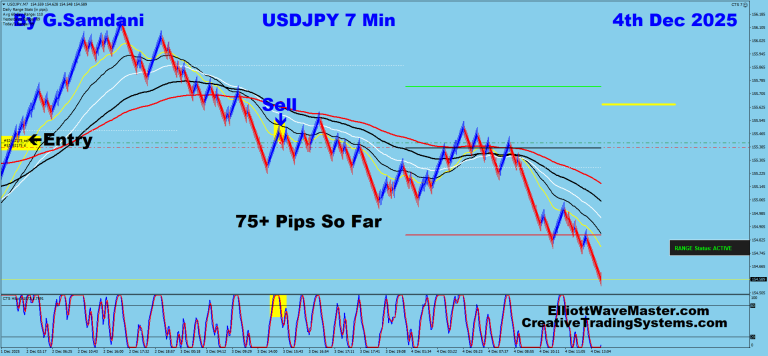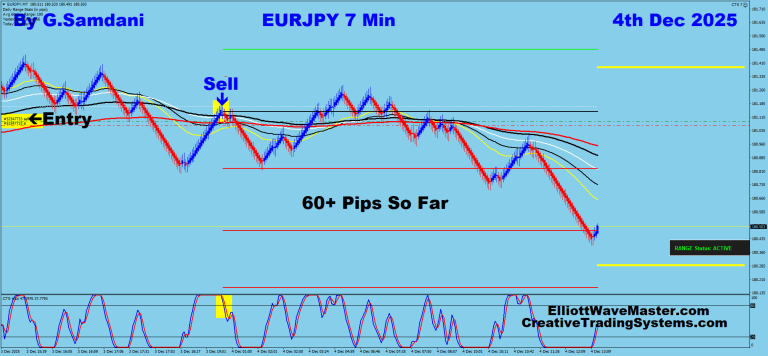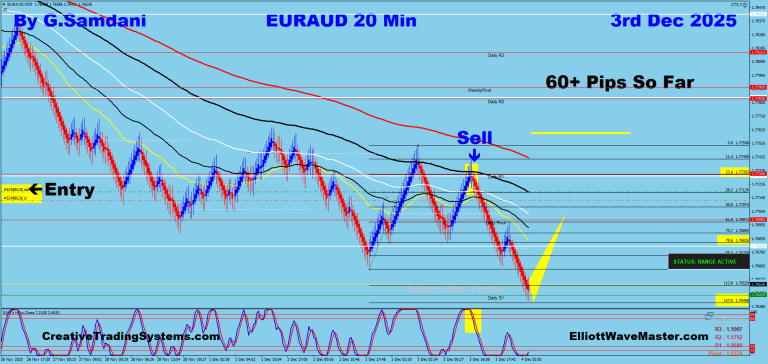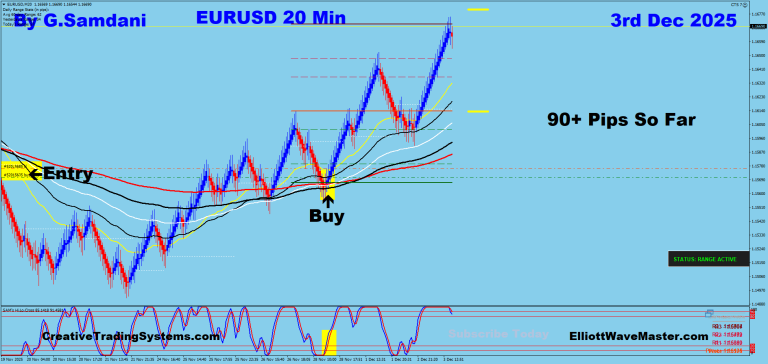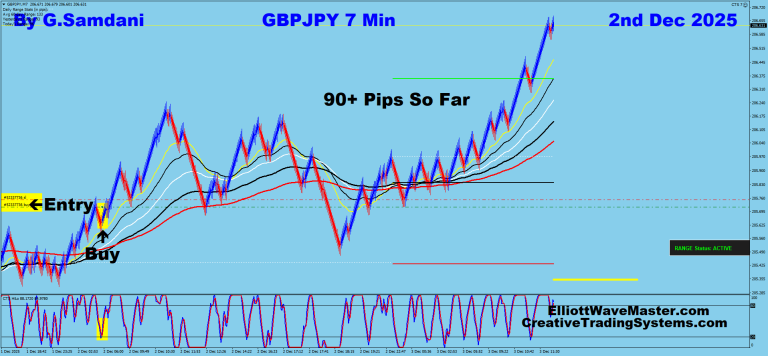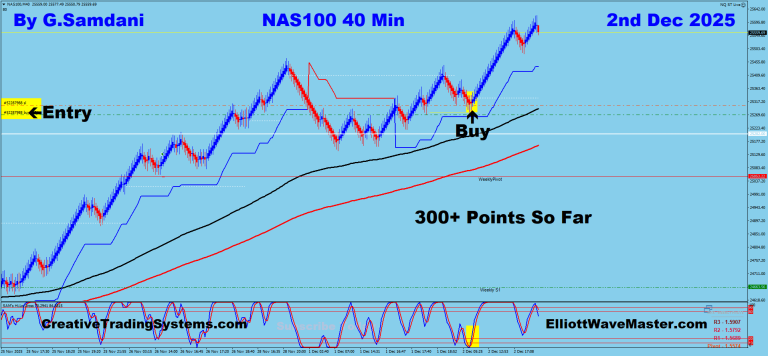FOMC Meeting Recap: What Happened Last Week
Last week, the U.S. Federal Open Market Committee (FOMC) made its first interest rate cut since December 2024. Reuters+5Wells Fargo Advisors+5The Guardian+5
Here are the major outcomes and context:
| Key Item | Details |
|---|---|
| Rate Decision | The Fed cut the federal funds rate by 25 basis points to a target range of 4.00%–4.25%. Wells Fargo Advisors+3EY+3Federal Reserve+3 |
| Vote and Dissent | The vote was 11-1, with Stephen Miran dissenting. Miran pushed for a more aggressive 50 bps cut. Wells Fargo Advisors+3Federal Reserve+3Financial Times+3 |
| Economic Projections (Dot Plot) | Projections were adjusted: more rate cuts expected in 2025; unemployment slightly up; inflation remaining elevated above target; GDP growth forecast modestly tempered. CBS News+4Federal Reserve+4EY+4 |
| Labor Market & Inflation | The statement noted that job gains have slowed, and downside risks to employment have risen. Inflation remains above the 2% goal; core inflation also elevated. CBS News+3TD Economics+3Nuveen+3 |
| Quantitative Tightening / Balance Sheet | The Fed reaffirmed it will continue its runoff of Treasury and agency securities. Wells Fargo Advisors+1 |
| Forward Guidance | While signaling potential further easing, the Fed emphasized a meeting-by-meeting approach. The timing and number of additional cuts hinge on incoming data. Reuters+3EY+3Nuveen+3 |
Analysis: What This Means
1. The Fed is Shifting Gears—but Cautiously
This rate cut marks a shift toward easing monetary policy, but the tone remains measured. The Fed is clearly trying to balance its dual mandate—keeping inflation under control while not allowing labor market weakness to drag down the economy. Reuters+3EY+3Schwab Brokerage+3
2. Expectations for Future Cuts Are Calibrated
The dot plot suggests more cuts in 2025, but not wildly so. Markets may have priced in more aggressive easing; the Fed seems more restrained. Any future cuts will depend heavily on how inflation behaves and employment trends. CBS News+2Federal Reserve+2
3. Labor Market Risks Are Front and Center
Slowing job gains and rising unemployment risks are now explicitly mentioned. That’s significant: it signals that the Fed is increasingly concerned that the labor side might weaken further. EY+2Schwab Brokerage+2
4. Inflation Still Higher Than Target
Despite the rate cut, inflation (both headline and core) remains above the Fed’s 2% long-run target. The Fed seems cautiously optimistic but is keeping a close eye on inflation expectations. CBS News+2Federal Reserve+2
5. Market Reaction & Uncertainty
Markets reacted modestly. Some easing in yields, but uncertainty remains about how aggressively the Fed will move given mixed signals in the data. Economic forecasts have wide ranges among FOMC members indicating uncertainty. Reuters+3EY+3Nuveen+3
Implications for Consumers, Businesses, and Investors
- Borrowing Costs: The cut reduces short-term borrowing costs slightly. Homebuyers with adjustable rate debt or businesses with variable rate loans may begin to see relief slowly.
- Savings & Investments: Lower interest rates might reduce returns on savings accounts and short-term fixed income, pushing investors toward riskier assets.
- Inflation & Purchasing Power: Since inflation remains stubbornly above target, consumers may not feel the benefit immediately; cost pressures could persist.
- Business Planning: Firms facing cost pressures (wages, materials) will be watching if rate cuts continue; investment decisions might be deferred if uncertainty remains high.
What to Watch Next
- Upcoming Inflation Data – PCE inflation, CPI, and core inflation reports will be closely analyzed. If inflation remains high or accelerates, further cuts may be delayed.
- Labor Market Reports – Nonfarm payrolls, unemployment, and wage data will be critical. Signs of significant weakening could hasten easing.
- Fed Speak – Chair Jerome Powell’s statements, as well as other Fed officials’, will provide cues about how aggressively the Fed will act going forward.
- Global / International Risks – Developments abroad (slowdowns, supply chain disruptions) and international financial stability could affect Fed-policy risk assessments.
- Markets’ Response – Yield curves, equity performance, and credit markets will react to both Fed actions and expectations; shifts in investor sentiment are possible.
Conclusion
The FOMC’s meeting last week marks a key transition toward easing monetary policy for the first time in nearly a year. However, the Fed’s approach remains cautious. With inflation still above target and employment signs weakening, the balance of risk seems tilted toward potential further cuts—but only if the data supports them. For now, we’re in a “wait-and-see” phase, where each incoming report could meaningfully shift expectations.
